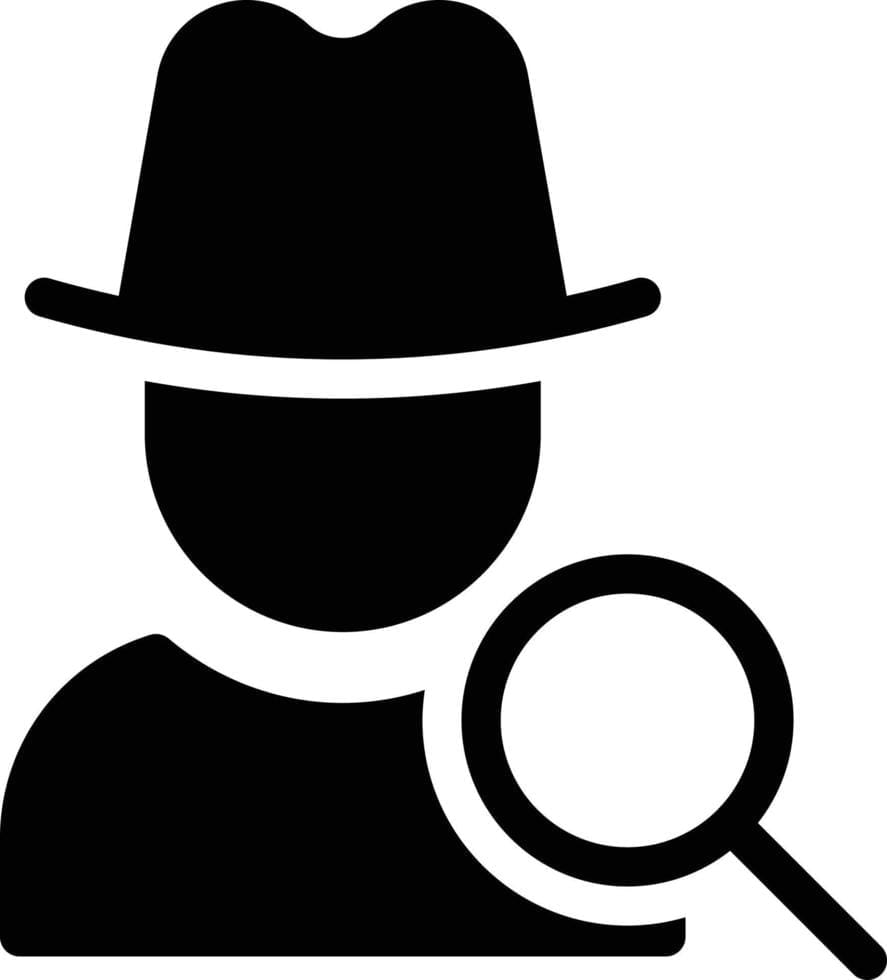Pareidolia - Interpretations in Digital Paranormal Imagery
Pareidolia is a psychological phenomenon that causes people to see patterns, objects, or meaning in ambiguous visual stimuli. It's a type of visual illusion that occurs when the brain interprets a vague stimulus as something familiar.
Origin:
Pareidolia is derived from the Greek words pará (meaning: beside, alongside, instead of) and eídōlon (shape, form or image).
Definition and connections:
Pareidolia could be defined as the tendency of the human mind to interpret one or multiple stimuli into a recognizable pattern or shape.
Whenever the human brain comes across something that is unknown or new, the brain will compare it to something similar that it recognizes.
The neurological reasoning behind it could be described in a two-step process:
The human brain is wired in such a way as to deal with parallel processes to discover patterns, create associations and analyze a vast array of data.
The brain compares that stimulus to all the possible matches in its internal memory and identifies it to the closest one
There is even a specific part of the visual association cortex — the fusiform face area — that is dedicated to recognizing and remembering faces.
This particular concept has a clear psychological connection. The main purpose of pareidolia is to help quicken the analysis of a given situation to determine risk factors, and therefore help us in our self-preservation.
One of the most common uses in psychology is the Rorschach inkblot test. It’s used to interpret a person’s subconscious emotions.
Effects in the paranormal field:
Unfortunately, living in a world where information is available at any time, fame at any cost has become a goal for some paranormal enthusiasts. They do not hesitate to manipulate evidence for a TV show, an audience or views on the internet.
Technological advancements such as apps or computer programs have increased the numbers of fraudulent paranormal evidence. It makes it difficult, not only for the audience but also for fellow investigators, to judge and provide opinions on such evidence.
Most of the time, "paranormal evidence" is comprised of photos, videos and EVP. All of them possibly open to misinterpretation.
When reviewing photos and videos as paranormal evidence, investigators would look for full-body apparitions or partial body parts. Therefore, they already put themselves into a predisposed state of mind. So, how can we avoid the risk of misinterpreting evidence and remain as objective as possible?
This also brings to mind the effect of nature vs. nurture on our own pareidolia. How objective can an interpretation be? How impartial and deprived of any preconceived notions could we be in order to form an analysis?
Even a computer program would have to evaluate data provided to it, but how could that data be 100 percent unaltered due to missing info or unverified facts or incorrect data.
Twenty years ago, we believed that life needed light and an appropriate temperature to survive. That was until a few years ago when scientists discovered life surviving in the Aphotic zone, thousands of meters below the ocean surface on the sea floor.
Paul Annee and James Smith, of the British Antarctic Survey, were drilling through the 900-metre-thick Filchner-Ronne ice shelf. There, they came across 16 sponges accompanied by 22 other unidentified animals, 260 kilometres from the open water and in – 2°C water, and without sunlight.
Scientific knowledge is constantly evolving. What we knew 500 years ago is different that what we knew 100 years ago and is also different than from what we knew 20 years ago.
All of it is constantly being corrected to reflect what we know today thanks to the numerous scientific discoveries and breakthroughs, which is positive.
The negative, however, is that we as researchers knowingly or unknowingly, always face the risk of bias.
As paranormal investigators, we seek the smoking gun of evidence, but this could only be reached through extensive debunking.
Conclusion:
Complete objectivity is unrealistic, no matter what field of research you are working in. But, pareidolia and similar concepts such as typoglycemia, apophenia or hierophany will without a doubt remain a potential risk. But they could also be seen as safeguards; to remind us to always debunk questionable evidence.
Paranormal research, pareidolia and the necessity to Debunk; Anton J. Buchberger on June 25, 2021. The Supernatural times.
https://pmc.ncbi.nlm.nih.gov/articles/PMC9473424/
Request information or an Investigation
An email will be sent, and you will be contacted within 24 hours.
Or email us directly at: [email protected]
